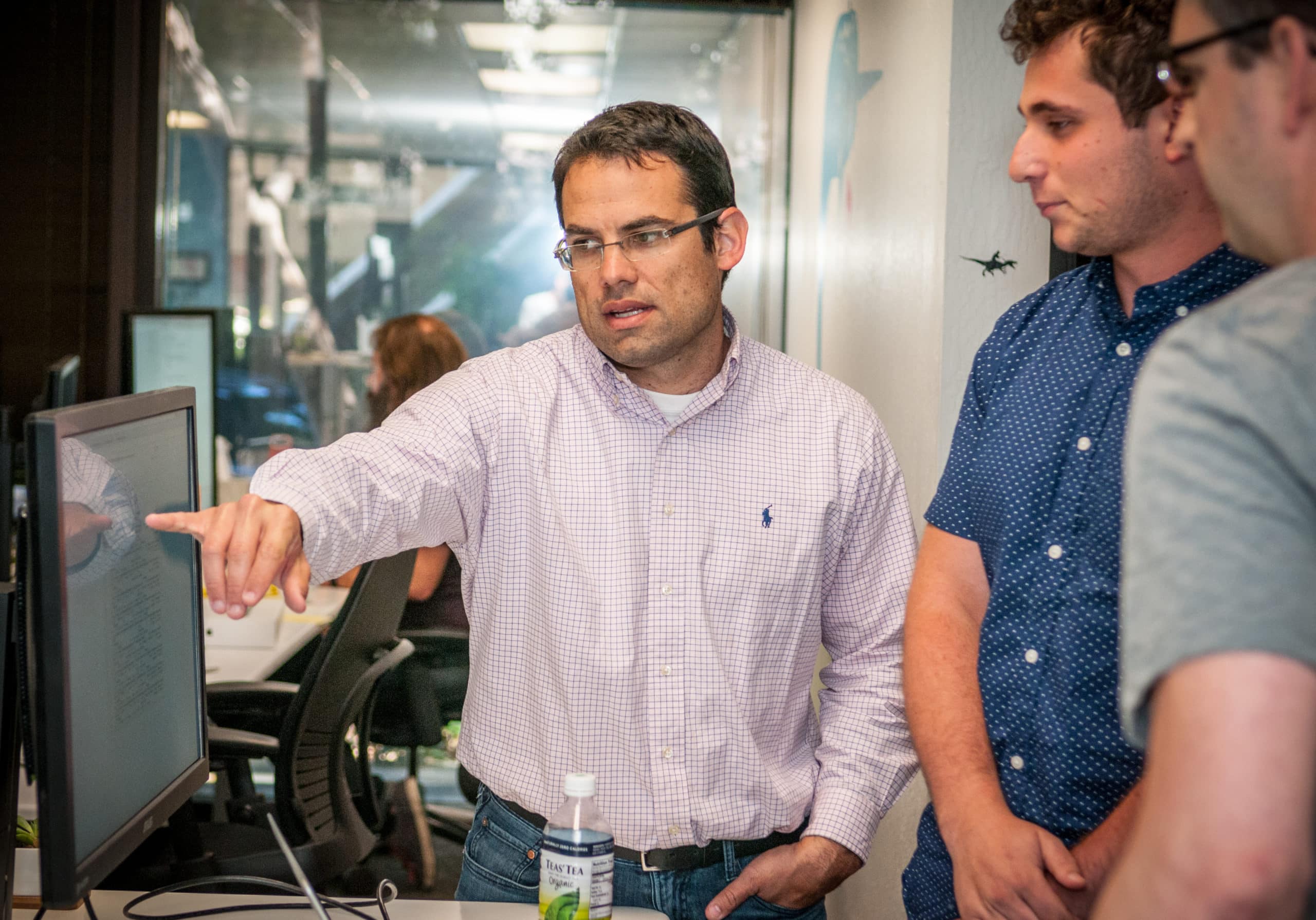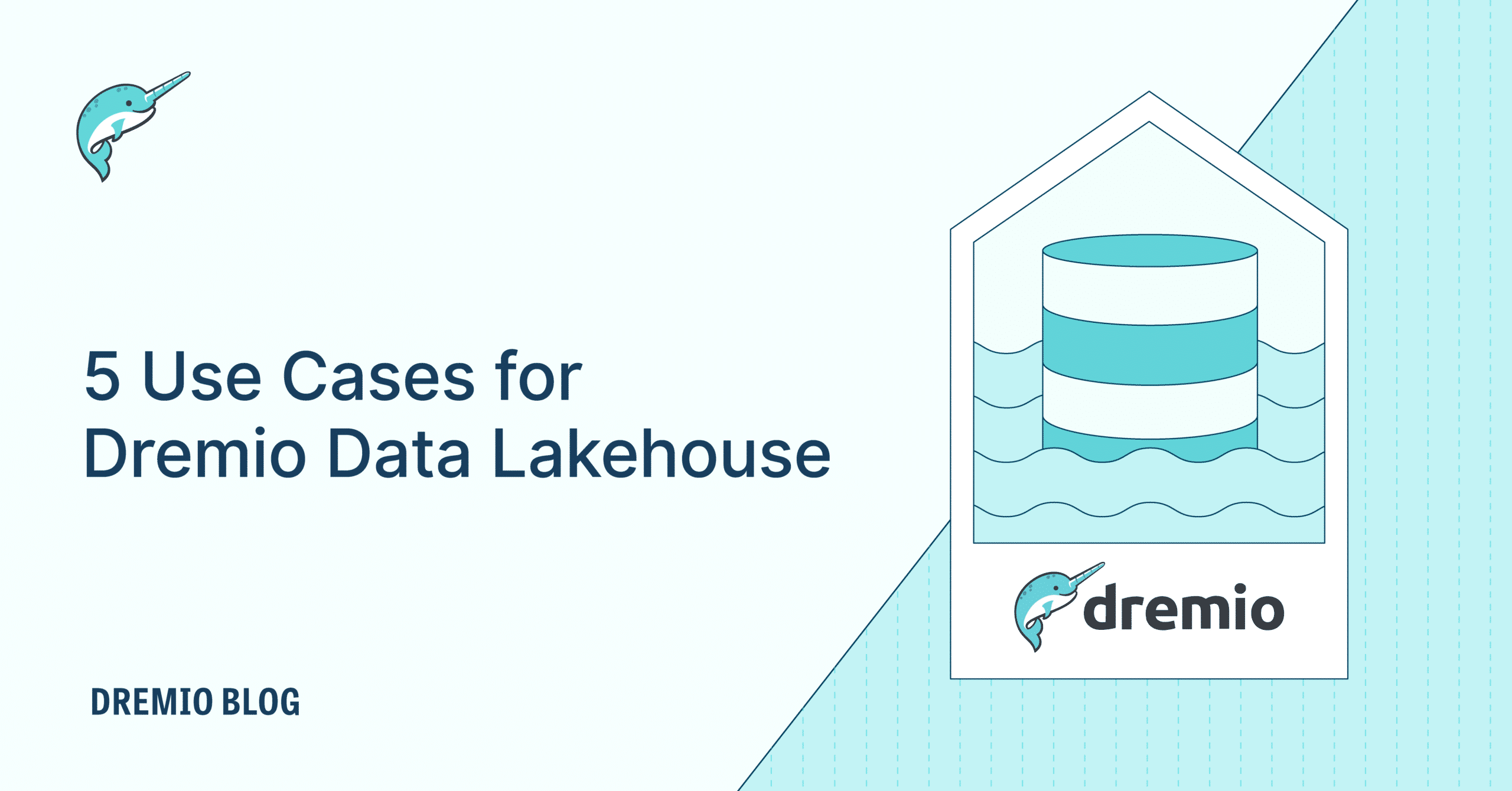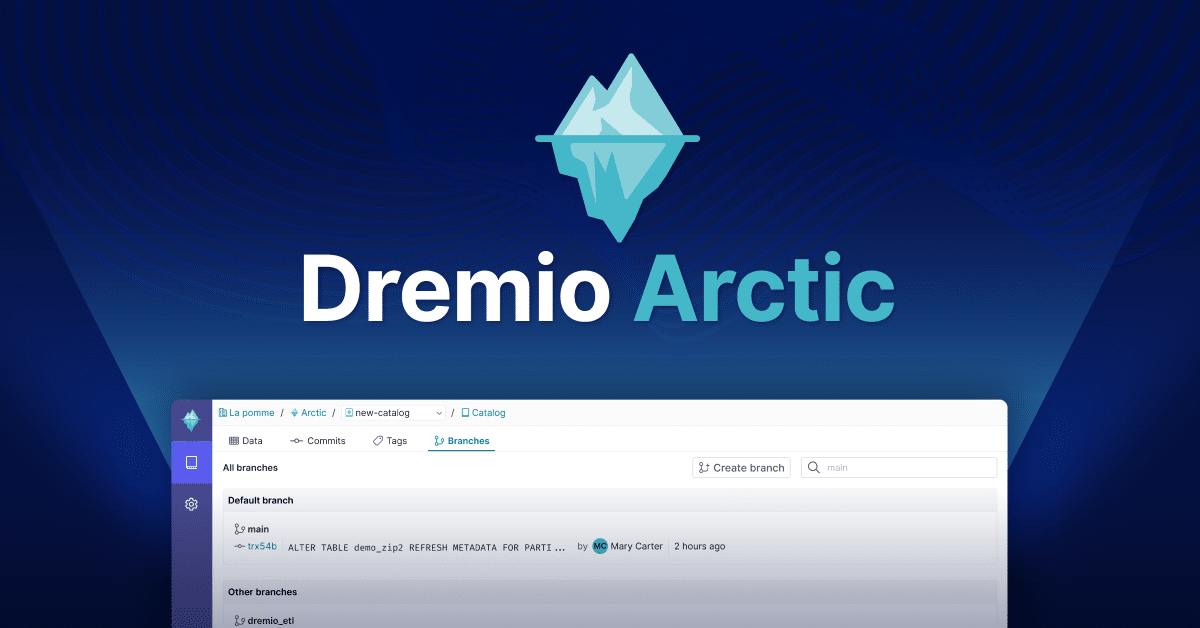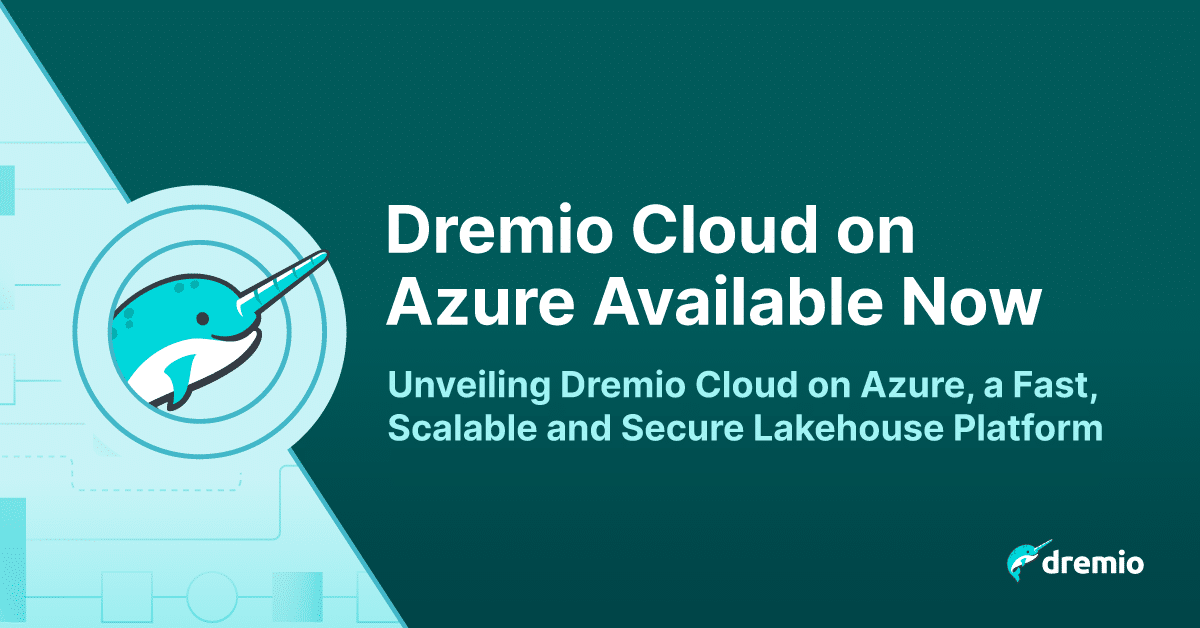8 minute read · August 9, 2017
Looking Back At How We Exited Dremio From Stealth

· Founder & Chief Product Officer, Dremio

Dremio recently made the leap out of stealth mode, and as we embark on the next phase of the company, I want to share some of the insights that we’ve picked up along the way. While in stealth, we built a customer-ready product, launched a beta, and learned a lot about what it means to reimagine data analytics in the modern world.
Finding Our First Customers
Dremio was founded on the simple idea that big companies can solve data analytics problems in a matter of minutes, not months. We are able to do this by giving data consumers a self-service experience around any data, at any size, at any time. This is a giant leap forward - today data consumers are entirely dependent on IT to produce data for their needs, waiting months to begin to answer their own questions. With Dremio, data consumers are independent and can solve problems for themselves, in minutes.
One of the most important aspects of our early growth has been our ability to incorporate customer feedback into the product development process. Early on, we spent a lot of time with customers to validate our idea — getting a sense for customers’ challenges, understanding how their organizations make decisions, and sharing product sketches. Through this process, we’ve heard direct feedback on what’s working, what’s not, and what the market needs.
This idea sounds great in theory, but finding enough potential customers to validate our idea required a lot of creativity and hard work. Fortunately, we were able to leverage multiple customer acquisition channels:
- We leveraged the relationships of the founders and executives. Having built other data infrastructure and analytics companies such as MapR, MongoDB, Hortonworks, and Mesosphere, we had direct access to many potential customers.
- We worked closely with Saqib Awan, who runs the CIO program at Lightspeed Venture Partners. Saqib helps many Lightspeed-funded startups with their sales and go-to-market strategies and has also built lasting relationships with IT buyers across many Fortune 1000 companies. The help he was able to provide in introducing us to CIOs and guiding us with candid feedback was invaluable.
- We worked closely with a number of partners, including VARs and other technology vendors, and were introduced to many companies by these partners.
- We employ thought leaders in open source technologies such as Apache Arrow and Apache Calcite, and we actively support and contribute to these projects. We’ve connected with numerous companies through these activities.
- Early on, when we were looking for customers to help us understand the market, we needed to find companies that would be willing to work alongside us while we developed the first mock ups of our product. And Fortune 1000 executives are more likely to work with you throughout this product development phase if there’s already a relationship: When that relationship is established with investors, it’s a huge advantage.
Hiring Our First Salespeople
We hired our first salesperson when we were ready to launch our beta program. As a small team, it was important for us to find someone who was comfortable rolling up their sleeves; someone who was comfortable making cold calls, contributing to enablement content, and closing customers. This couldn’t be a senior sales executive who wasn’t interested in bootstrapping the business, and it also couldn’t be someone too junior for a role that was going to close Fortune 1000 companies. We needed a player-coach who loved working at this stage of a company’s growth, and who could be a key collector of feedback in early conversations to help us refine our message.
Once we found two individuals that fit the role, we put a lot of focus into enablement. We hosted a sales kick off, we ran trainings to teach the reps about the value prop and the product, and we had the reps give demos to the whole company. We all shared the expectation that the sales team needed to be better at selling the product than I was. Because we were small, every sales call had to be as efficient as possible. You can’t grow if the CEO has to be on every sales call.
Launching Our Beta Program
In the early days of Dremio’s beta program, it became crucial to identify the early adopters. Sometimes the early adopter is a single person within an enterprise, sometimes it’s the entire executive team. Early adopters are supportive, collaborative, and transparent. They tend to be honest about their priorities, flexible with their timing, and open about their reasoning. For instance, an early adopter will share details about their workload, will be honest about which of your features need to be prioritized — and will be open to moving deadlines if it means they launch with the build that’s the best fit for their team.
With a group of early adopters lined up, we scheduled our beta deployments in order from easy to hard to ensure that we could provide all of our customers a great experience, both with the software and with our company. We carefully timed our efforts so that we could focus on making a customer successful before moving on to the next, which meant saying no to a few folks, and begging the patience of others.
To be frank, we made some miscalculations at this stage, underestimating how complex and large these first deployments would be. One of the challenges of enterprise software is the diverse idiosyncrasies of customer environments, especially for a product like Dremio that integrates with so many existing systems. In addition, some of these first projects started with over 100 nodes. That’s a great problem to have!
These beta customers helped us refine our features and harden the product. There are a number of key capabilities in Dremio today that are a direct result of these engagements and that reflect needs we hadn’t anticipated. For example, by working with two large PB-scale customers we realized the need for more extensive configuration of some of our automated capabilities around data acceleration. While these features wouldn’t be needed for all users, they proved to be essential for customers with lots of data and lots of concurrent users. Incorporating these changes actually delayed our launch, but I’m confident we made the right decision to wait a few months longer to ensure the product was ready for the kinds of customers we now see.
Exiting Stealth
After two years in stealth, we launched on July 19, 2017. We entered the market from a position of strength and enviable perspective. We had numerous real-world deployments under our belts, amazing public references like Daimler, Intel, and OVH, After all, most companies don’t have the great fortune to work for many months with some of the world’s most demanding data workloads before launching the first version of their product. In part this is about hardening the software, but even more so it’s about maturing the company and making us ready for the next 1000 customers.
A few engineers worked through the night putting final touches on builds and documentation, then handed the torch to our marketing team around 4:45AM PST to coincide with our press release hitting the wire at 8:00AM EST, three hours ahead on the east coast. As the news hit the wire, we deployed the new website with links to our downloads, only to watch the build process fail. At the culmination of two years and countless hours of hard work, there was no www.dremio.com from around 5:00AM to 5:02AM! Fortunately we recovered quickly and now this is just a fun story in our company’s history.
Throughout the day we watched great media coverage pour in. We anxiously watched the download traffic. By the time we boarded the bus at the end of the day to celebrate at our company launch party, there were downloads in 28 countries on 6 continents (still waiting on you, Antarctica!). Employees and their families celebrated with our investors and friends of the company. People were happy and relaxed. It was a day I’ll never forget.
In Conclusion
When I look back on Dremio’s journey from stealth mode to today, two key areas stand out as the most important aspects of our growth: hiring the right people and finding the right customers. In a world where product & tech tend to be the biggest areas of focus — especially for companies with deep technical IP — these two functions are far too easy deprioritize over other factors. Working with the right people to ensure that we’re getting the right talent and the right customer introductions has been crucial in getting to where we are today.


